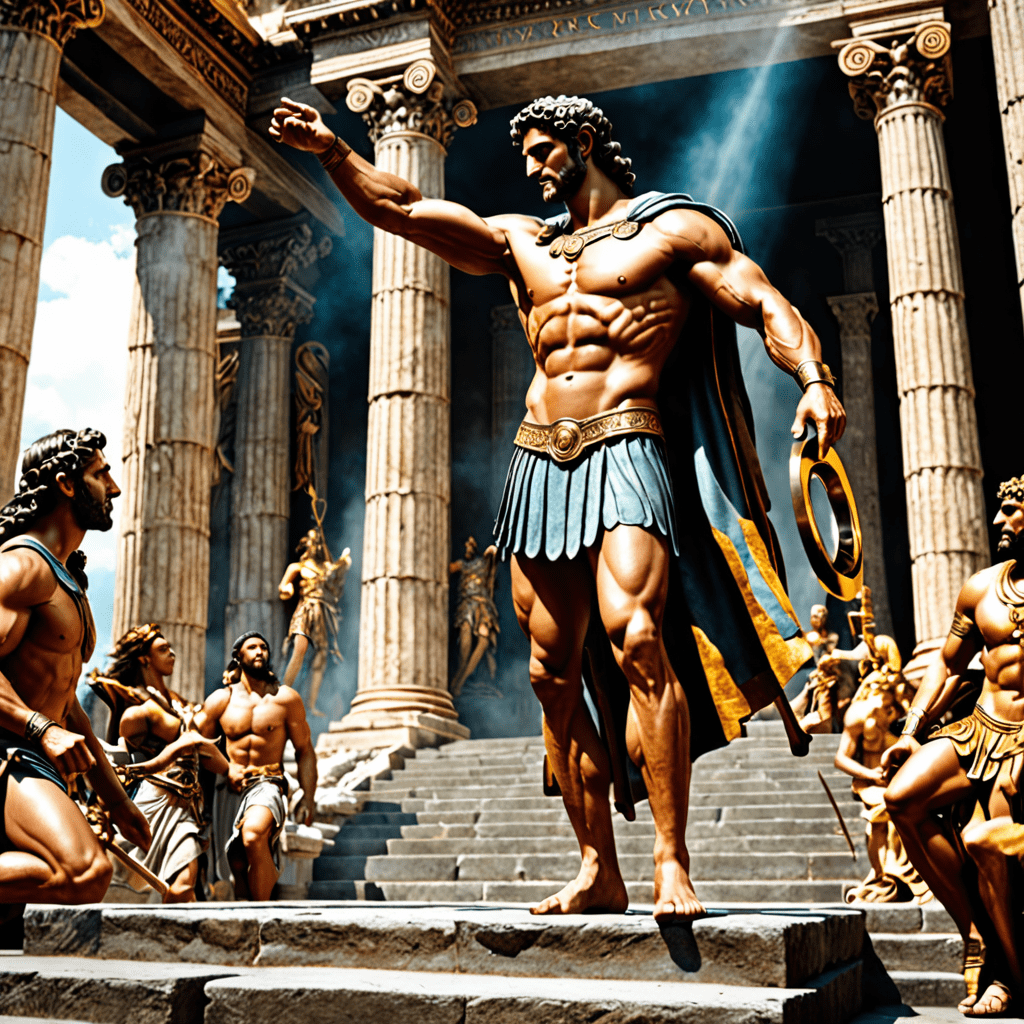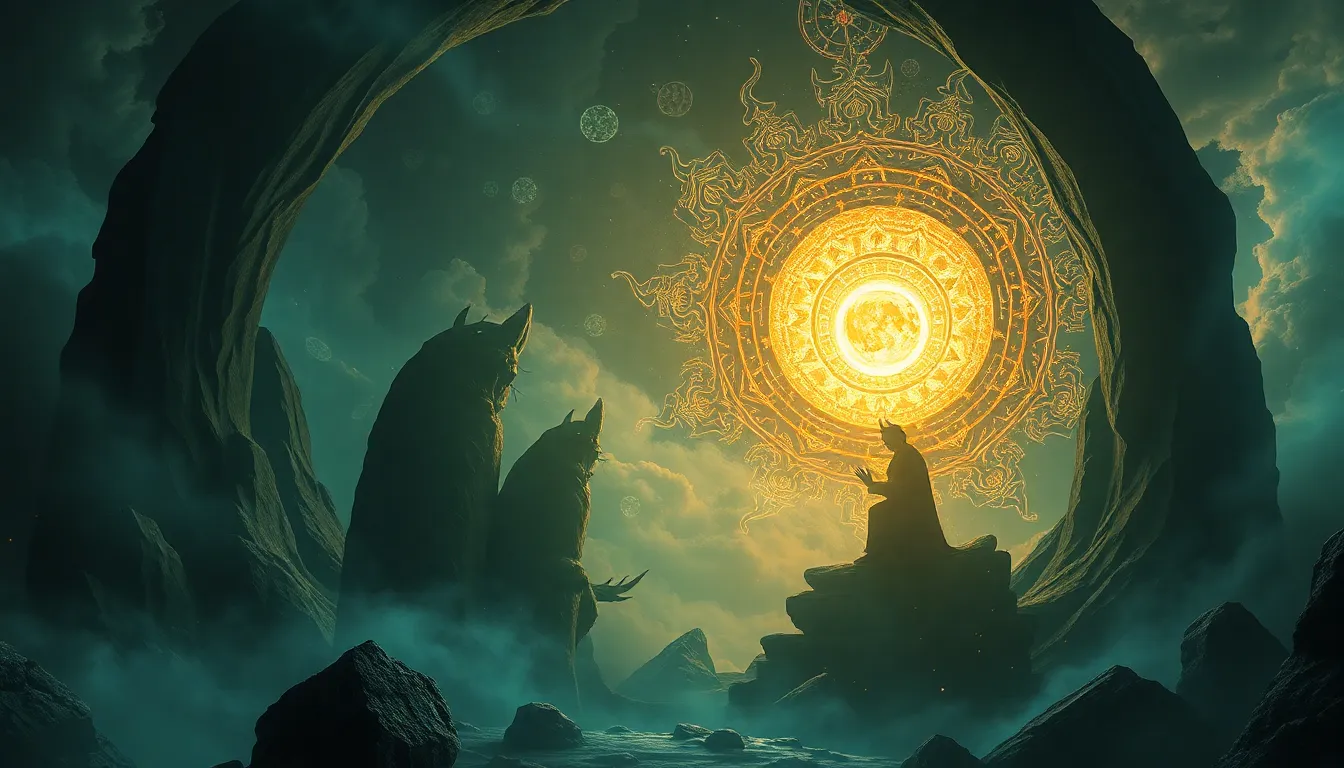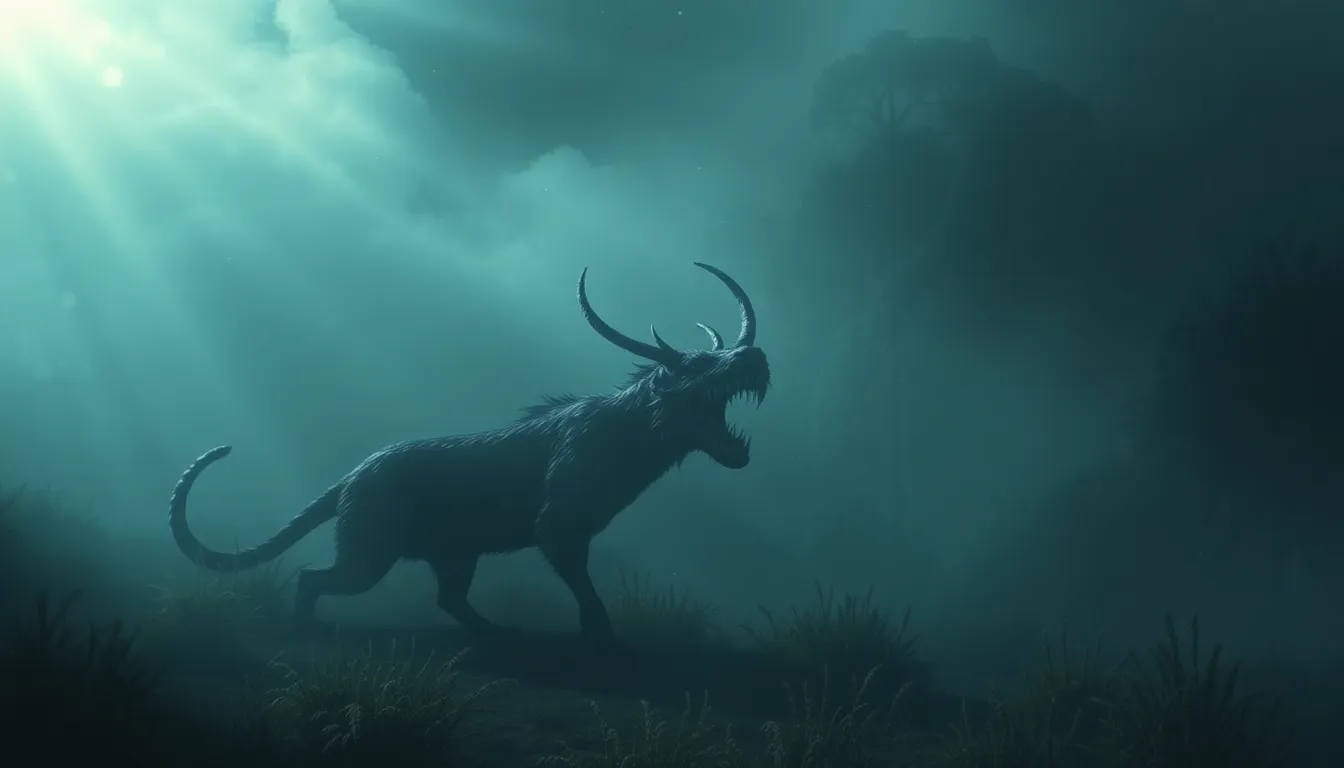Exploring the Concept of Transformation in Roman Mythology
Roman mythology is rich with tales of transformations where gods, goddesses, and even mortals change form to achieve their desires or escape challenges. These stories serve as metaphors for the complexities of human nature and the ever-changing world. Let’s delve into the intriguing concept of transformation within Roman mythology.
The Transformative Power of Gods and Goddesses
In Roman mythology, deities like Jupiter, Neptune, and Mercury possess the ability to transform at will. Jupiter, the king of gods, can morph into different forms to fulfill his goals or deceive others. Neptune, the god of the sea, often changes shape to interact with mortals or exhibit his power over the oceans. Mercury, the messenger god, can shift his appearance to deliver messages swiftly and effectively.
Metamorphoses in Roman Mythological Tales
One of the most famous Roman myths involving transformation is that of Daphne and Apollo. When Apollo pursues the nymph Daphne, she seeks refuge in her father’s river and appeals to him for help. In response, her father transforms her into a laurel tree to escape Apollo’s advances. This story symbolizes the triumph of nature over unwanted advances.
Transformation as a Form of Punishment or Reward
In Roman mythology, transformation is not just a means of escape, but also a form of punishment or reward. The story of Actaeon illustrates this, where the hunter is transformed into a stag by Diana as punishment for intruding on her privacy while bathing. Conversely, in the tale of Bacchus and Ampelus, Ampelus is transformed into a vine as a reward for his loyalty and friendship with Bacchus.
Symbolism and Themes in Transformative Myths
The concept of transformation in Roman mythology extends beyond physical changes to represent deeper symbolic meanings. It reflects the impermanence of life, the fluidity of identity, and the cycle of rebirth. Through these transformative myths, Romans explored themes of power dynamics, love, jealousy, and the consequences of human actions.
Exploring the concept of transformation in Roman mythology offers valuable insights into the complexities of the ancient beliefs and the human condition. These myths not only entertain but also serve as mirrors to reflect upon our own desires, struggles, and transformations in the modern world.
What is the concept of transformation in Roman mythology?
Transformation in Roman mythology refers to the frequent occurrences of gods, goddesses, and other beings changing their forms or shapes to achieve specific goals, punish individuals, or interact with mortals in various tales. Such transformations play a significant role in the narrative structure and thematic depth of Roman myths.
How do transformations manifest in Roman mythology?
In Roman mythology, transformations can be physical, where a deity or creature changes their appearance, or metaphorical, symbolizing profound changes in character, status, or purpose. These metamorphoses are often intertwined with themes of power, destiny, morality, and the supernatural world, reflecting the complex beliefs and values of ancient Roman society.
Which Roman gods and goddesses are known for their transformative abilities?
Several deities in Roman mythology are associated with transformative powers, with examples including Proteus, the sea god capable of changing his form at will; Apollo, known for his ability to shape-shift in various myths; and Diana, the goddess of the hunt who could transform hunters and maidens into animals as punishment or protection.


